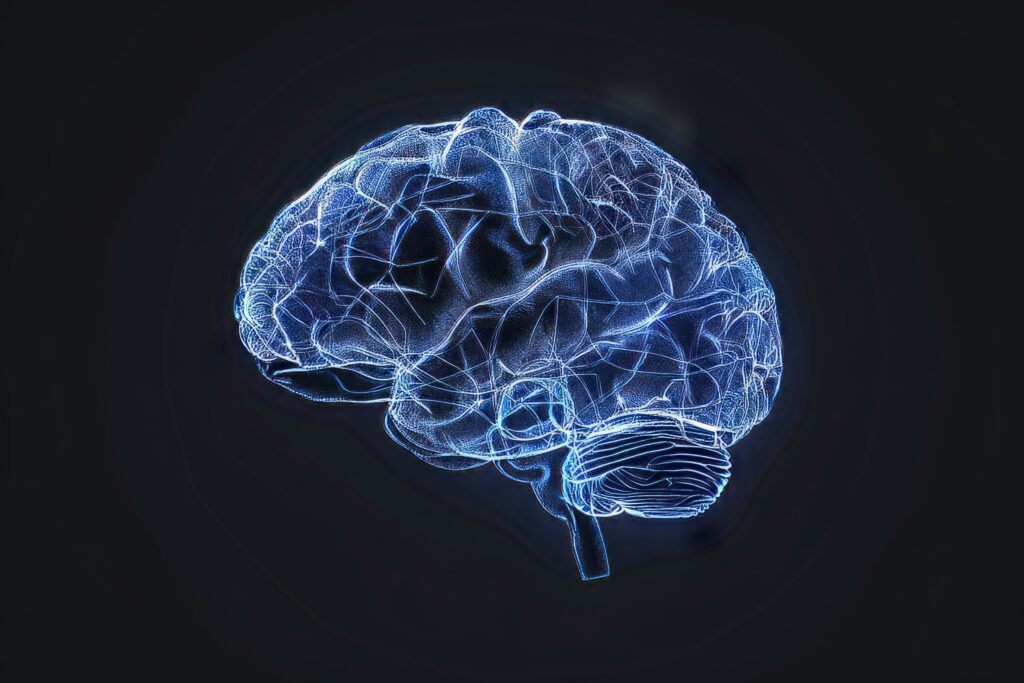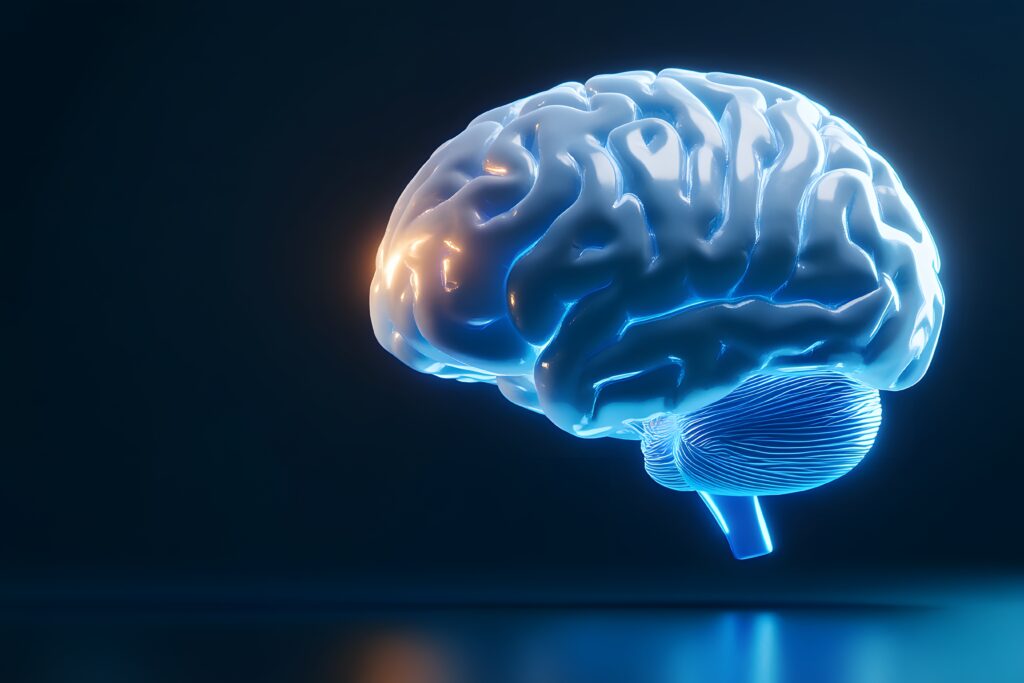Search Results
Showing Results for chorea
Brain Awareness Week, taking place from March 10-16, 2025, is a global campaign dedicated to fostering public enthusiasm and support for brain science, organised by the Dana Foundation. Each March, participants worldwide organize imaginative activities that highlight the wonders of the brain and the profound impact of neuroscience on our daily lives.

Huntington’s disease (HD) is a neurodegenerative disease inherited in an autosomal dominant manner. It is caused by an expansion of cytosine, adenine, guanine (CAG) repeats within the huntingtin (HTT) gene, which is located on chromosome 4. This pathological expansion of ...

Diabetic striatopathy (DS) is a rare hyperglycaemic condition associated with one or both of the following criteria: (1) acute-onset chorea–ballism (random, flowing and nonsuppressible involuntary movements) and (2) striatal hyperdensity on computed tomography (CT) scan or T1-weighted magnetic resonance imaging (...

Huntington’s disease (HD) is a genetic neurodegenerative disease that can affect movement, cognition and mental health. It is caused by a dominant mutation in the huntingtin gene, HTT. HD is estimated to occur in 5–10 people per 100,000 yearly, worldwide.1 Pridopidine (...

There are currently no disease-modifying medications for the treatment of Huntington's disease, and current treatment is entirely dependent on symptomatic therapies. Prof. Erin Furr-Stimming (McGovern Medical School, University of Texas, Health Science Centre, Houston, TX, USA) joins touchNEUROLOGY to discuss ...

Chorea is a common motor symptom of Huntington Disease (HD) which impacts motor function. Valbenazine, a potent and selective vesicular monoamine transporter 2 inhibitor, is being investigated for the treatment of chorea associated HD, and was approved for the treatment of ...

Introduction Andrew Lees The National Hospital for Neurology and Neurosurgery and Reta Lila Weston Institute of Neurological Studies, Institute of Neurology, University College London, London, UK Professor Lees introduced the symposium by highlighting that there had been several significant landmark ...

Parkinson’s disease (PD) is a progressive neurodegenerative disorder, with a prevalence that increases with age: 41 in 100,000 in the age group 40–49, rising to 1,903 in 100,000 in those aged over 80 years.1 PD is characterised by striatal dopamine deficiency resulting from progressive degeneration ...

There have been tremendous advances in understanding the pathophysiology of Parkinson’s disease (PD) over the past decades and the development of a range of treatments since the introduction of levodopa in the late 1960s. However, there are still significant ...

Highlights of a Satellite Symposium Held at the XX World Congress on Parkinson’s Disease and Related Disorders, Geneva, Switzerland, 8–11 December 2013 Parkinson’s disease (PD) is a progressive neurodegenerative disorder, characterised by motor features but is also associated with a ...

Autoantibody-mediated diseases of the central nervous system (CNS) are a rapidly expanding field within contemporary neuroimmunology. Autoimmune encephalitis (AIE) is a treatable cause of subacuteonset memory loss and confusion. In some patients, the evidence for inflammation is limited and the ...

The first type of autoimmune limbic encephalitis, reported in 1968, was a paraneoplastic disorder occurring in association with small-cell lung cancer (SCLC).1 Until 2001, it was believed that ‘limbic encephalitis’ almost always associated with cancer and had a poor outcome. In 2001, a ...

The management of the later stages of Parkinson’s disease (PD) is greatly impacted by non-dopaminergic problems, such as dementia, depression and falls, and by the emergence of motor complications including motor fluctuations and dyskinesias. Motor fluctuations, such as ‘wearing ...

The term rapidly progressive dementia (RPD) is used to describe cases with a progression course which usually ranges between weeks and months.1–4 The subacute nature of RPD excludes other conditions with fulminant progression such as infectious or metabolic acute encephalopathies, ...

Huntington’s disease (HD) is a monogenetic disorder with a spectrum of clinical features. Besides the characteristic involuntary motor disturbances, such as chorea, individuals affected by the disease suffer from psychiatric symptoms and cognitive decline.1–3 Despite this, focus on the ...

Huntington’s Disease Huntington’s disease (HD) is an autosomal-dominantly inherited neurodegenerative disorder. It has a prevalence of 5–7 per 100,000 people in European and North American populations.1 The first symptoms typically appear between the ages of 35 and 45 years and include minor ...

Huntington’s disease (HD) is a progressive neurodegenerative disorder that is inherited and characterised by involuntary movements, psychiatric and cognitive symptoms and signs. It is caused by an expansion of the CAG repeat in exon 1 of the huntingtin gene. Patients ...

The term ‘dementia’ is used to describe a decline in intelligence, memory and judgement as a result of brain disorders. The following cognitive deficits are common in dementia: impaired judgement (decline in intellectual performance and critical thinking), deficits in logical ...
Latest articles videos and clinical updates - straight to your inbox
Log into your Touch Account
Earn and track your CME credits on the go, save articles for later, and follow the latest congress coverage.
Register now for FREE Access
Register for free to hear about the latest expert-led education, peer-reviewed articles, conference highlights, and innovative CME activities.
Sign up with an Email
Or use a Social Account.
This Functionality is for
Members Only
Explore the latest in medical education and stay current in your field. Create a free account to track your learning.

